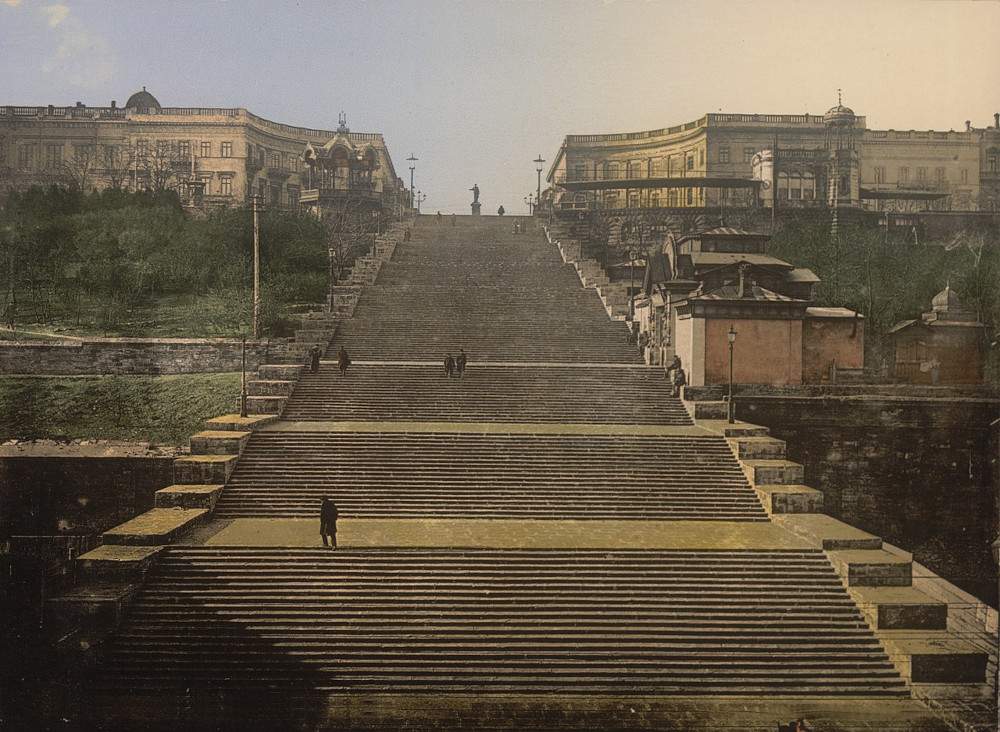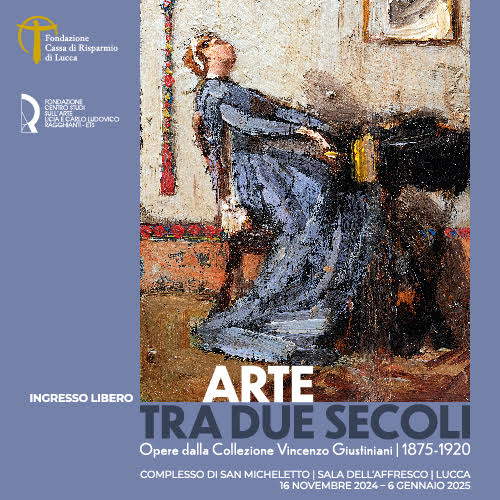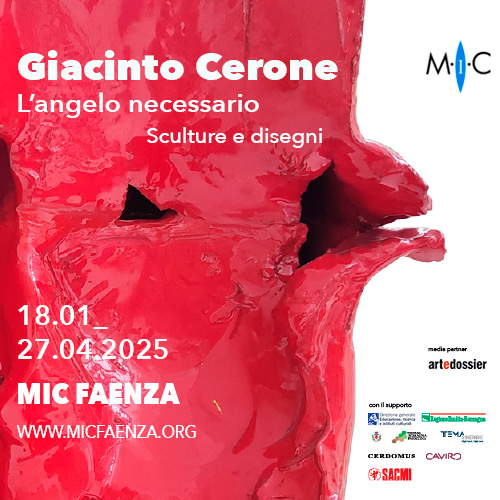MAN in Nuoro dedicates an exhibition to the Potëmkin Staircase, between cinema and architecture
From March 3 to June 25, 2023, MAN in Nuoro will host the previously unseen exhibition Odessa Steps. The Potëmkin Steps between Cinema and Architecture, curated by Giovanni Francesco Tuzzolino, Federico Crimi and Paolo De Marco in collaboration with the Agrigento Territorial University Pole - University of Palermo, the National University Lviv Polytechnic, the State Archives of Turin and the State Archives of the Odessa Region.
The exhibition project is dedicated to the history and myth of the Odessa Steps, known as the Potëmkin Steps following the fortunes of the famous 1925 film The Battleship Potëmkin.
The original design of the staircase was initialed in the 1830s by architect Francesco Carlo Boffo (1796-1867), whose biography remained shrouded in mystery for decades, hovering between an oral tradition that linked him to Sardinia and new documentary pieces that the exhibition now reveals, thanks to recent archival discoveries.
Francesco Carlo Boffo’s is a figure of great interest, both for his architectural experimentation with themes related to urban space and for his role as an interpreter of Italian architectural culture. Boffo is the main author of many public spaces, representative architecture and the Odessa staircase itself, which connects the esplanade of the port to the Piazza de Richelieu, along an ideal axis that the exhibition will restore through the display of drawings from theOdessa Archives, original floor plans on loan from prestigious Italian institutions, including the National Central Library of Florence and the Historical Archives of Turin, as well as the reconstruction of the drawings and a scale model made in collaboration with the University of Palermo’s Agrigento Territorial Pole.
For the first time, MAN will delve into the architect’s work, highlighting his contribution in the construction of Odessa’s architectural and urban identity, along with his fascinating human and artistic story.
The story of Boffo and his staircase could not fail to intertwine with that of a film that made this place universally known to the twentieth-century public, transforming a masterpiece of nineteenth-century architecture into anicon of the silver screen, aided by the tight, violent and dramatic editing of Ä–jzenštejn’s famous sequence.
“It is an indisputable sign of iconicity that the sequence is by far the most quoted in the entire history of cinema, whether in the form of homage or parody, by countless emulators of the Russian master,” reads the catalog text written by film critic Roberto Nepoti. “So much so that, in the late 1990s, noted critic Roger Ebert wrote, ”the famous massacre on the Odessa steps is so quoted that it is likely that many viewers saw the parody before the original."
Also added to the exhibition are two paintings: a stormy navy by Ivan Konstantinovich Ajvazovsky from 1897, granted by the National Museum in Warsaw, and a large Odessa harbor by Rufim Gavrilovitš Sudkovski from 1885, arriving from the Kunstimuseum in Tallinn. Also featured are some rare ex-votos with scenes of Sardinian brigs in Odessa Bay, before and during the Crimean War.
Along the entire exhibition route, architecture and cinema alternate. Period panoramas and new views dialogue with the ingenious solutions of Ä–jzenštejn’s direction at the center of the video installation that recounts its genesis.
For info: www.museoman.it
Pictured is the Potëmkin staircase in a postcard from the late 19th century.
 |
| MAN in Nuoro dedicates an exhibition to the Potëmkin Staircase, between cinema and architecture |
Warning: the translation into English of the original Italian article was created using automatic tools. We undertake to review all articles, but we do not guarantee the total absence of inaccuracies in the translation due to the program. You can find the original by clicking on the ITA button. If you find any mistake,please contact us.





























